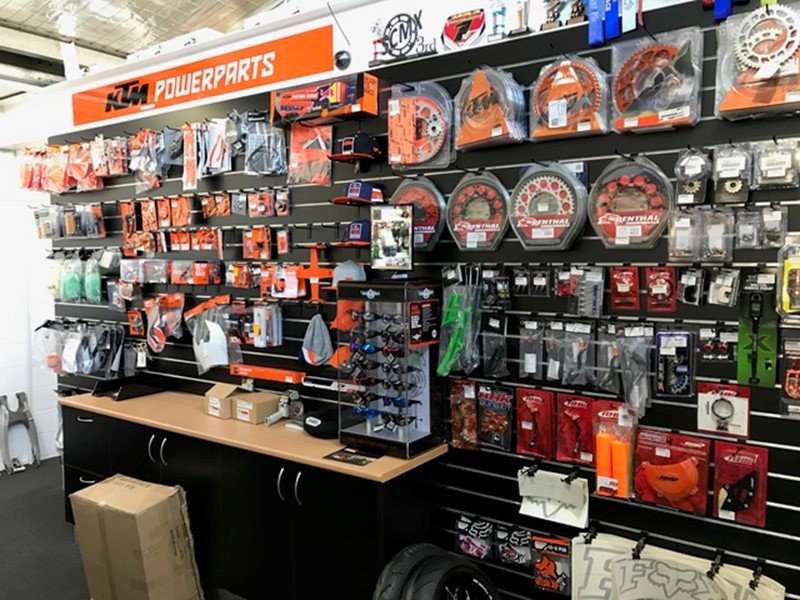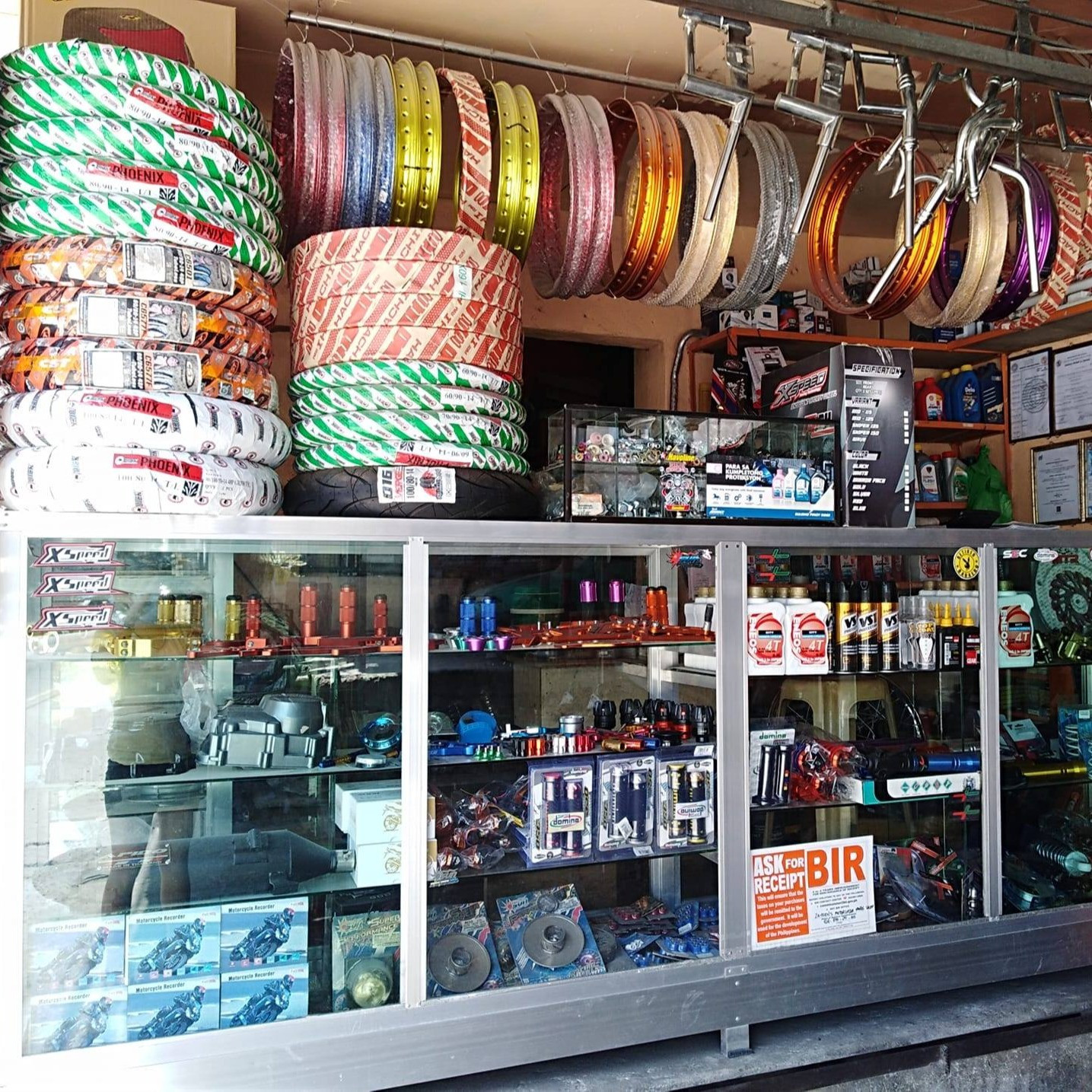Important Motorcycle Parts NZ for Peak Performance and Security
Important Motorcycle Parts NZ for Peak Performance and Security
Blog Article
Comprehending the Important Parts of a Motorbike: A Comprehensive Guide for Fanatics
For motorcycle fanatics looking to raise their riding experience and guarantee their bikes run smoothly, comprehending the important elements of a motorcycle is critical. Each component, from the engine's detailed functions to the critical duty of the braking mechanisms, not only influences performance however also security and comfort.
Engine Elements

The camshaft plays a vital function in regulating the timing of the engine's shutoffs, making sure the precise opening and closing necessary for reliable gas and air consumption, as well as exhaust expulsion. This timing is vital to preserving optimum engine efficiency and performance. Furthermore, the carburetor or fuel injection system, depending upon the motorcycle design, is in charge of mixing air with gas in the proper ratio for burning.
The cooling system, either air or liquid-based, works to keep the engine's temperature level within functional restrictions, preventing getting too hot and making certain longevity - motorcycle shop. Each element, diligently developed and incorporated, contributes to the seamless operation of the engine, specifying the motorbike's power outcome and total efficiency
Transmission System
Indispensable to the motorbike's performance, the transmission system makes certain efficient power transfer from the engine to the wheels. This system comprises a number of critical parts, consisting of the clutch, gearbox, and last drive, each playing a vital duty in converting the engine's power into activity. The clutch, commonly operated by a hand bar, serves to involve and disengage the engine from the transmission, enabling for smooth gear changes and regulated acceleration.
The transmission, typically described as the transmission proper, has a set of gears that motorcyclists can manually shift via to adjust the bike's rate and torque output. These equipments are set up in a sequence that makes it possible for the bike to increase smoothly and keep optimum engine performance across various speeds. Many bikes utilize a consecutive gearbox, needing the motorcyclist to shift gears in a fixed order.
Braking Systems
While understanding the transmission system is essential to utilizing a bike's power, equally vital is the capacity to control and stop that power effectively, which is where braking devices come into play. Brakes are critical for security and performance, supplying the biker with the needed control to navigate numerous surfaces and problems. Commonly, bikes include two sorts of stopping systems: disc brakes and drum brakes.
Disc brakes are a lot more widespread in modern-day motorcycles due to their superior efficiency. They contain a brake disc, caliper, and pads. When activated, the caliper presses the brake pads versus the spinning disc, transforming kinetic energy into warm, thus reducing the wheel. This system provides much better heat dissipation, consistent efficiency, and boosted quiting power, particularly in wet conditions.
On the other hand, drum brakes, though less typical, are still located in some motorbikes. They function by pressing brake footwear against the internal surface of a drum affixed to the wheel. While generally much less reliable in warmth dissipation and stopping power, drum brakes are easier and much more economical.
Comprehending these stopping systems' subtleties permits riders to preserve their motorcycles correctly and value the engineering that makes certain risk-free and efficient stopping.
Suspension and Guiding
Suspension and steering systems are important parts that substantially affect a motorbike's handling and trip convenience. The shock absorber, being composed of forks at the front and shock absorbers at the back, absorbs roadway abnormalities, enhancing security and control. Front forks, upside down or commonly telescopic, compress and rebound to mitigate impacts, while rear shock absorbers preserve tire contact with the road, vital for traction and security.
Steering, centered around the handlebars, connects the motorcyclist to the motorbike's directional control. The steering head bearings ensure smooth operation, allowing exact ability to move. Proper positioning and maintenance of these bearings are critical for predictable guiding feedback and decreasing cyclist tiredness.
The suspension's adjustability is one more crucial aspect; read the article preload, damping, and rebound setups allow personalization to match various riding styles and problems. This adaptability is vital for enhancing efficiency, whether navigating metropolitan streets or dealing with rugged trails. Developments like digital shock absorber provide real-time adjustments, enhancing ride quality across diverse terrains.

Electrical Equipments
After making sure a controlled and smooth ride via effective suspension and steering systems, interest turns to the electrical systems, a critical element of modern motorbikes. These systems play an essential role not just in beginning the engine but also in powering various parts that improve the performance and security of the motorbike.
At the heart of a motorcycle's electric system is the battery, which shops electric power necessary for beginning the engine and powering complementary systems - moto parts nz. The generator or generator, combined with the rectifier-regulator, makes sure the battery continues to be billed while the bike is in operation, converting power right into electrical see post power and keeping voltage levels
The ignition system, another critical part, is in charge of firing up the air-fuel motorcycle gas cap mix in the engine's cylinders. Modern motorcycles commonly make use of an electronic ignition system, providing greater effectiveness and dependability contrasted to traditional systems.
Lights systems, consisting of fronts lights, tail lights, and signs, are likewise crucial, making sure presence and safety and security for the cyclist. Additional electronic parts such as sensors, control units, and presents add to advanced features like fuel shot monitoring, anti-lock stopping systems (ABS), and electronic control panels, additionally boosting the riding experience.
Final Thought
A detailed comprehension of a motorbike's necessary components, consisting of the engine, transmission system, braking mechanisms, suspension, guiding, and electric systems, is essential for lovers aiming to maximize safety and security, convenience, and performance. Mastery of these aspects enables informed choices relating to maintenance and upgrades, ultimately enhancing the riding experience. By integrating this expertise, cyclists can guarantee their motorbikes run at peak efficiency and reliability, therefore optimizing both enjoyment and longevity of their lorries.
For bike lovers looking to boost their riding experience and guarantee their bikes run efficiently, recognizing the crucial elements of a motorcycle is critical.Indispensable to the bike's performance, the transmission system guarantees effective power transfer from the engine to the wheels.While comprehending the transmission system is essential to taking advantage of a motorbike's power, just as crucial is the ability to manage and quit that power effectively, which is where stopping mechanisms come into play. Commonly, motorbikes feature 2 types of braking systems: disc brakes and drum brakes.
A complete understanding of a motorbike's important elements, consisting of the engine, transmission system, stopping devices, suspension, guiding, and electric systems, is vital for fanatics aiming to maximize performance, comfort, and safety and security.
Report this page